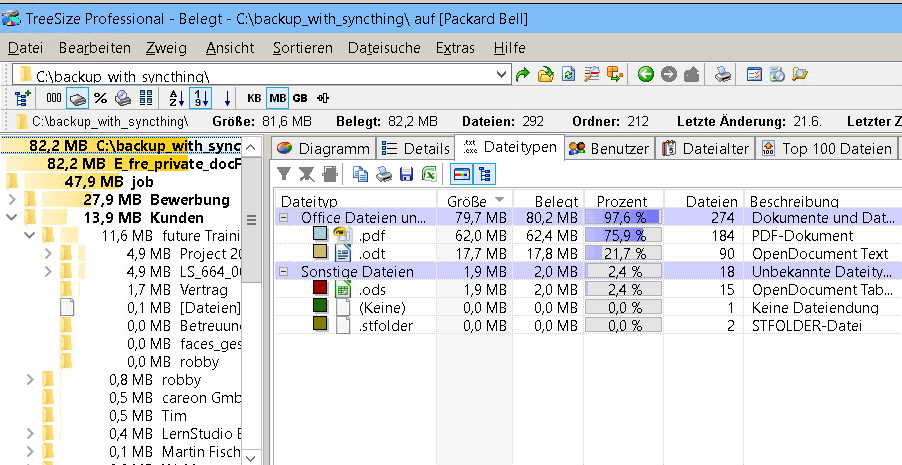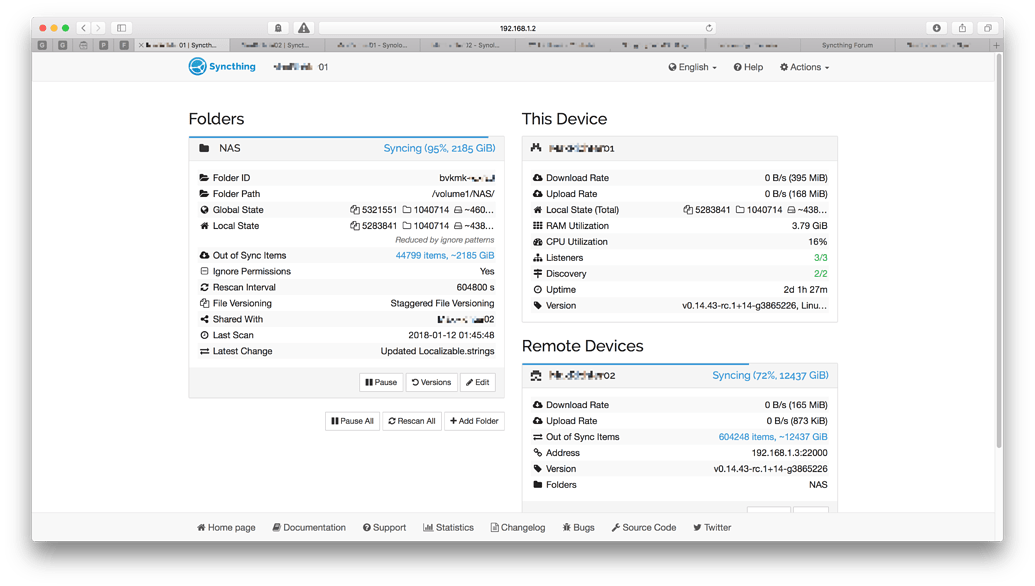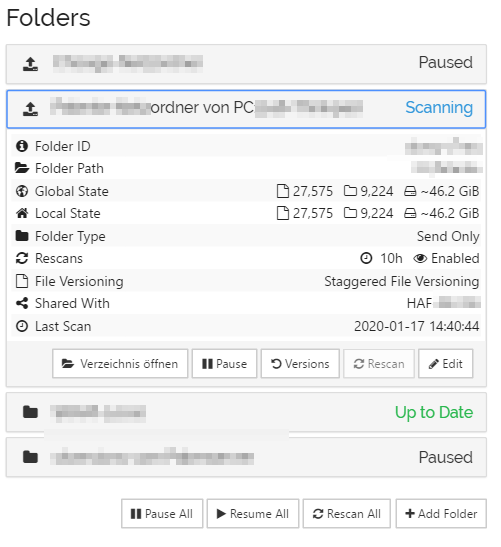
Mutagen tries to integrate recursive filesystem watching very tightly into its synchronization loop to drive synchronization and allow for near-instant filesystem rescans


I tend to avoid direct comparisons because they always come across one-sided, but some cursory differences: These settings can be tweaked, of course, and in certain cases (specifically the Docker Desktop extension), broader permissions are used by default to emulate the behavior of the existing virtual filesystems that Mutagen is replacing.Ĭonceptually speaking, Mutagen and Unison are very similar (and actually I mentioned Benjamin Pierce's work in another comment here asking about the sync algorithm - fantastic stuff!). The idea is that synchronizing files to a remote, multi-user system shouldn't automatically expose your files to everyone on that system. The only permission bits that Mutagen transfers are executability bits, and only to entities with a corresponding read bit set. Ownership defaults to the user under which the mutagen-agent binary is operating and permissions default to 0700/0600. When it comes to permissions, Mutagen doesn't do a blanket transfer of file ownership and permissions.
#Syncthing ignore by extenson windows
When communicating with itself, Mutagen also only uses secure Unix Domain Sockets and Windows Named Pipes. In the Docker case, Mutagen does rely on the user securing the Docker transport if using TCP, but works to make this clear in the docs, and Mutagen is generally using the Docker Unix Domain Socket transport anyway. So, for example, Mutagen doesn't implement any encryption, instead relying on transports like OpenSSH to provide the underlying transport encryption. The general philosophy with Mutagen is to (a) delegate encryption to other tools and (b) use secure defaults (especially for permissions). i think this is an UX bug, because if i intentionally configure to ignore deletes, then deletes should not count as a difference. I have always been afraid to ever push that button, and there is no way to make it go away. there is also no choice in how the out-of-sync status should be resolved (in which direction the sync should happen to get the two locations in sync). it offers a button to force a sync, but there is no preview explaining what that button will do. if you have "ignore delete" set up, and then you delete files, syncthing will tell you that the two locations are out of sync. There is also a problem with the way it resolves conflicts. i have to connect to the remote server to check. It's also an issue that i can't see the remote settings from the client side. (like pictures from my phone, where i am running out of space) i first go to the destination/backup server and double check that this option is turned on to make sure that i won't accidentally have the backup deleted too. every time i delete something that i want to keep on the backup side.

there is an option to specify to ignore deletes, but that option is hidden in advanced settings, and there is no quick way to check if it is turned on. It is possible to use syncthing for backups, but that is actually one of the pain points. Maybe some people get confused thinking that unidirectional sync (send only) works like a backup?


 0 kommentar(er)
0 kommentar(er)
